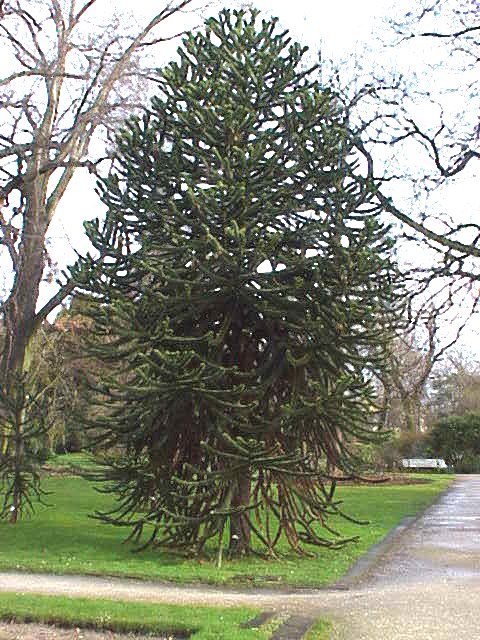Ho sabíeu?
Podeu fer doble clic en una paraula per a buscar-la a TermGallery.
Podeu fer doble clic en una paraula per a buscar-la a TermGallery.
Significats de coniferae en anglès
Ús de coniferae en anglès
1
What the coniferae are to the temperate zone, the terebinthaceae and the guttiferae are to the torrid.
2
The coniferae class were my special favourites.
3
It is fir, pine, or birch, and other northern coniferae, mineralised by the action of the sea.
4
The staminate cones of all the coniferae are beautiful, growing in bright clusters, yellow, and rose, and crimson.
5
Here then are two more collectors of the exudations of the Coniferae.
6
The Coniferae are found northward and in the mountain valleys.
7
Where is the fullest information about distribution of Coniferae?
8
We see this in our forests of Coniferae and other trees, such as oaks, beeches, birches, ashes, etc.
9
From these characteristics it is evident that the Bee prepares her gum with the resinous drops exuded by the Coniferae.
10
Pinus pinaster (Coniferae, Fam.
11
In Coniferae, however, the pollen is certainly not naked, but is enclosed in a membrane similar to the lobe of an ordinary anthera.
12
According to the earliest of these opinions, the female flower of Cycadeae and Coniferae is a monospermous pistillum, having no proper floral envelope.
13
We see adaptation to the wind in the incoherence of the pollen,-inthe inordinate quantity produced (as in the Coniferae, Spinage, etc.
14
One striking exhibition of pure taste among us is the formation of picturesque arboretums, especially of terebinthinate trees, and others allied to the Coniferae.
15
I therefore regard the juniper as the regular resin-purveyor, without, however, excluding the pine, the cypress and other Coniferae when the favourite shrub is absent.
16
Therefore the earliest terrestrial plants known to us, namely, the Coniferae and Cycadiae, no doubt were anemophilous, like the existing species of these same groups.
Col·locacions frequents
Coniferae a través del temps


